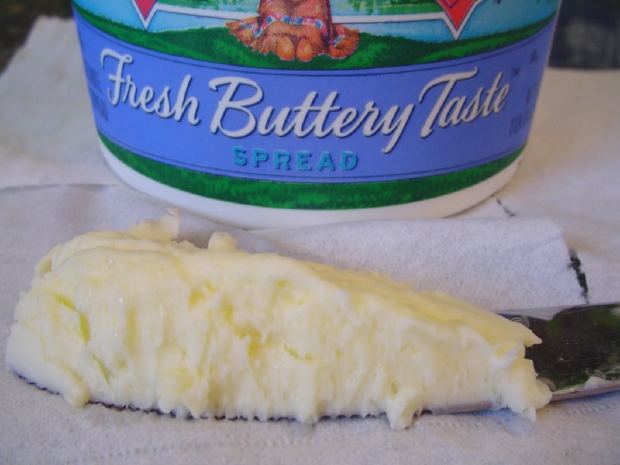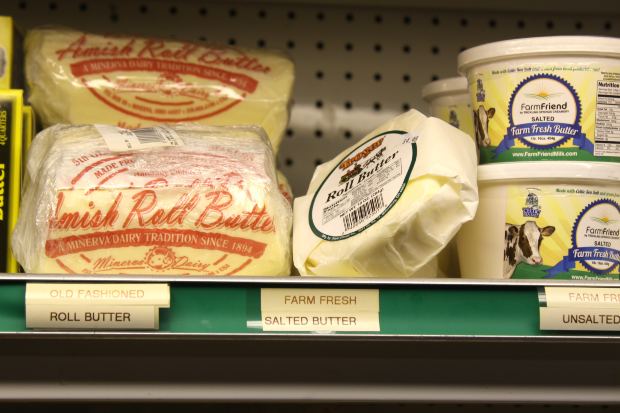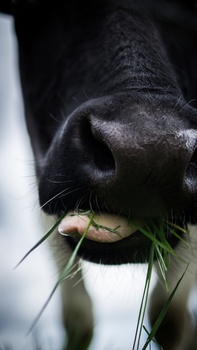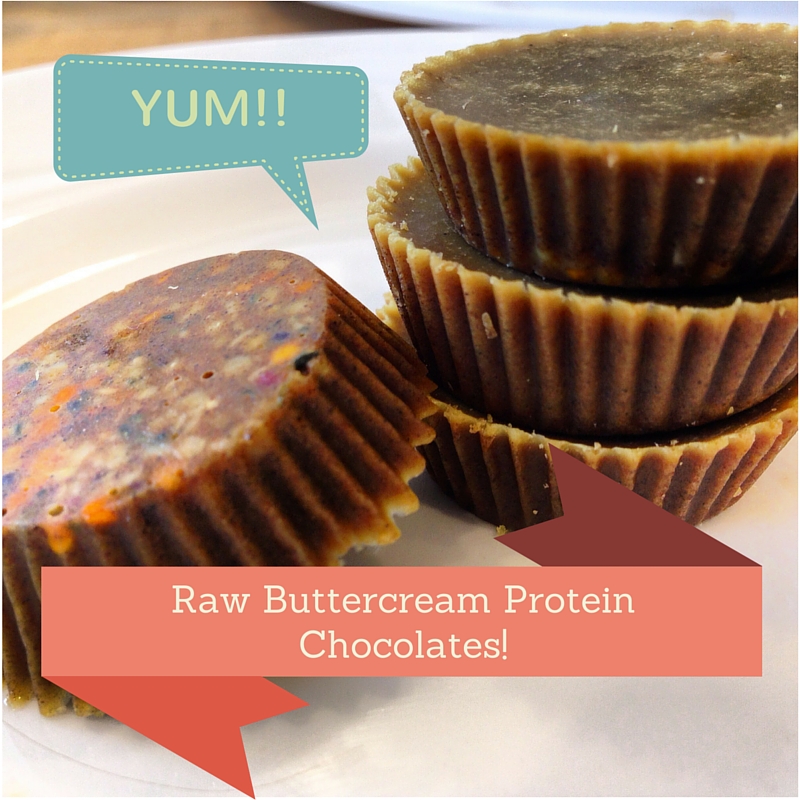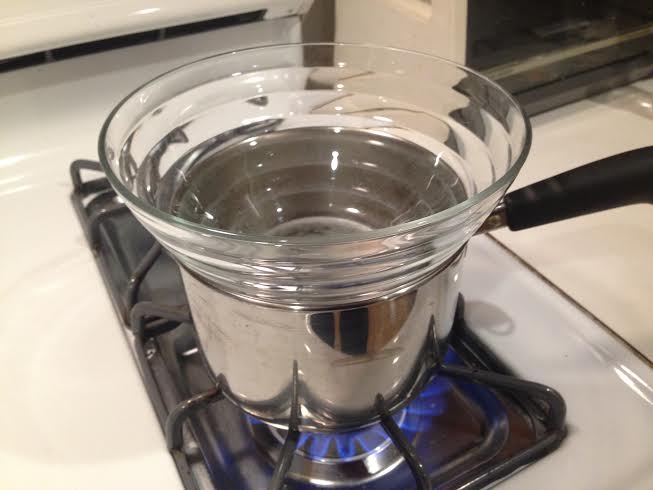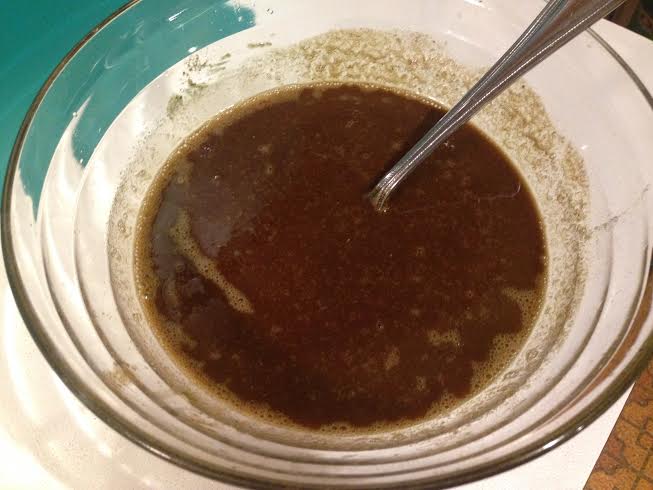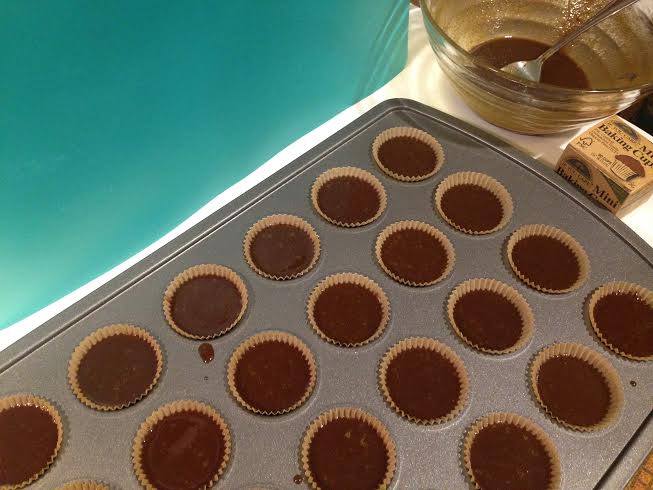Soil: The Final Frontier For Human Health Part 2
Soil: The Final Frontier For Human Health Part 2: How To Get Nutrient Dense Living Soil And How We Relate To It
If you missed part 1, check it out!
Healthy Soil, May the Microbes Be with You!
Healthy soil is living soil with a complete soil food web and plenty of organic matter. The life in the soil insures that it is nutrient dense and has good structure. It contains minerals, bacteria, protozoa, fungi, nematodes, earthworms, arthropods (creepy crawlies), humus (broken down organic matter- not the stuff you dip your chips in) and carbon.

Image Credit: Soil and Water Conservation Society (SWCS). 2000. Soil Biology Primer. Rev. ed. Ankeny, IA: Soil and Water Conservation Society.
In order to maintain and build healthy soil, the farmer must be ecologically minded to understand the intricate relationships between sun, water, soil, microorganisms, plants, and the creepy crawlies, and how to enhance them.
“The aim of the ecological farmer is to work with Nature, rather than against it.”
A healthy soil food web will ensure that the food produced from it will be packed with nutrition to help you thrive.
From the naked eye you can tell the health of the soil from the amount of earthworms and the soil’s appearance. If there are a lot of earthworms there is healthy soil. If the soil texture has lots of aggregation (little crumbles), is a rich deep color, and smells good, then it is good.
Earthworms and the addition of carbon materials are essential for healthy soil. Earthworms “till” the top layer of the soil and process it into ionic minerals. This is why worm castings are so great. They are called castings instead of manure because only good things are found in their poop.

“Got earthworms?”
Carbon is also needed because plants need it to make sugar. Cellulose is sugar – plants are cellulosic materials. Carbon and these materials are needed to lock in the minerals, which are anions and cations with negative and positive charges. These ions grab onto something of the opposite force and dwell there. Then, these awesome microorganisms come in and produce electrolytes that make these ionic elements available for the roots in the soil and ultimately YOU!
We need to keep the soil covered whether it be mulch or cover crops to continue adding carbon and food to the soil/soil life. Both have their place and you want to get the right mixture of foods for the particular types of microbes you want to encourage to take up residence (again, much like how our gut microbes react to the food we eat for the benefit or detriment of our health).

Weeds also have a place in the process of mineralizing the soil. A weed is simply a plant whose virtues have not been discovered yet, and many weeds actually have roots that go down deeper than crop roots to pull up minerals to the upper levels of the soil, essentially, weeds are the miners of the soil, mining the minerals and bringing them up to where other plants can access them. The catch is balance, I’m not saying to let weeds take over, but it is important to allow their biomass to be reincorporated into the soil to continue adding minerals and nutrients for your future crops.

Keeping the soil covered and with living plants also aides in carbon sequestration, where it is able to pull carbon from the atmosphere and store it in the soil (where much of it originated before mechanized agriculture) for hundreds or even thousands of years. This is great because remember, plants need carbon to produce sugar/cellulose and then lock in those tasty minerals for nutrient dense fruits, vegetables, and grass (for animals and bugs that then transform these nutrient rich plants into the highest quality animal products – golden butter!).
Glyphosate and GMOs
Let’s talk about GMOs for a moment. Genetically modified food was introduced in the late eighties/early nineties, this is also when a noted exponential increase in disease began and continues.

Genetically modified food is designed to be used with the herbicide glyphosate/Roundup. The use of these chemicals has detrimental effects on the world of soil life.
Glyphosate and POEA (polyethoxylated tallow amine) – the surfactant that makes hydrophobic glyphosate stick to plant leaves – are very strong chelators. This chelation effect immobilizes nutrients which make them unavailable for your body. Even though the mineral may be in the plant, it will not be physiologically available for your body to utilize. It is like the mineral is not there at all from the standpoint of your digestion and assimilation. Glyphosate is not only used as an herbicide, but is also an antibiotic. Unfortunately, it kills beneficial soil bacteria and human gut bacteria! Much of the bacteria in your gut that are killed are important for making minerals accessible in the body. The effect of glyphosate on your body’s mineral absorption is a double whammy! The introduction of glyphosate and POEA has initiated a huge increase in illness and disease rates. Guess how much of this stuff is applied each year. You don’t want to know. But sadly, worldwide, more than 1,000,000,000 pounds of glyphosate. The U.S. applies 200,000,000 pounds of this to croplands each year! (1)
This is not good for human health as we need the minerals in our food, not tied up by the combination of genetically modified crops and herbicides. But there’s still hope; right? Yes! Farming ecologically enhances minerals in the soil, as well as mineral absorption by the plants. This leads to mineral dense foods, which as we now know are the foundation of glowing health for people.
How People, Plants, and Soil are Similar
The soil ecosystem nutrient exchange between soil, microbe and plant is very similar to that of our intestines/gut.
Jerry Brunetti (soil and plant expert) explains that the root ball of the plant is the “gut” or intestinal tract of the plant. It is really called the rhizosphere and houses the countless microbes that provide nutrients in an absorbable form, right where the plants need it and at the right times in exchange for these nutrients the plant feeds the microbes. The plant will actually secrete a specific food that a specific microbe is attracted to in hopes of bringing it into its system for a very specific need. Farmers can not possibly be there 24/7 to apply minute amounts at the right time at the right place. A healthy soil ecosystem can take a lot of burden off of the farmer. And a healthy gut takes a lot of burden off of our health by aiding in digestion and nutrient absorption.

Wendell Berry, author of The Unsettling of America, wrote:
“While we live our bodies are moving particles of earth, joined inextricably both to the soil and to the bodies of other living creatures. It is hardly surprising, then, that there should be some profound resemblances between our treatment of our bodies and our treatment of the earth.”
I could not agree more with the ideas of these great minds. We are a reflection of our actions or the actions we support. Conventional agricultural systems mine the soil, inject it with synthetic fertilizers to keep it going, and spray it with chemicals to handle pests or weeds when plants are weak. This process systemically destroys the soil food web and the ability of the plants to absorb proper nutrients. Then it’s repeated. The food from this system severely lacks in minerals and is then covered with chemicals with harmful consequences. Is it any wonder that our health is declining? We eat nutrient deficient foods, and as a result our systems are weakened and we do not function optimally. We then reach for more nutrient deficient foods and eventually our bodies are so deficient that disease takes over. We must look to the soil and restore it to the rich source of nutrients and minerals it once was. If we just ate nutrient dense foods that supported the practices that create healthy soil, and we avoided chemically sprayed and treated food, we would be vibrant with health. Imagine the regenerative cycle we could start.
The last frontier to human health is right below our feet. If we restore the soil, the soil will restore us.















